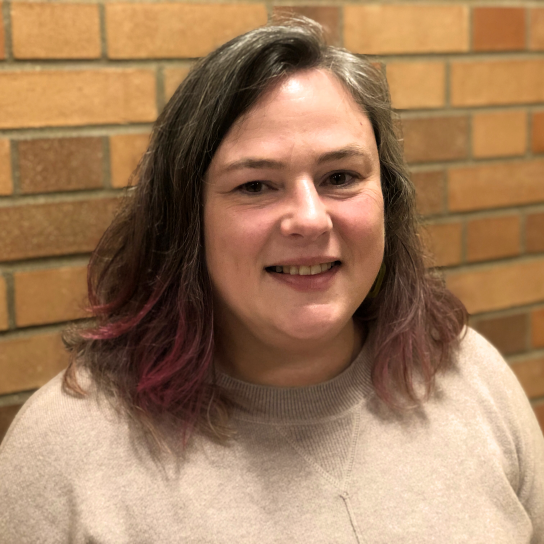by Carla Pfahl
Quick Summary
I attended the session “Digital Storytelling” presented by Scott Spicer, Cristina Lopez, and Pete McCauley, University of Minnesota, at this year’s eLearning Summit held on the beautiful University of Northwestern St. Paul campus.

"Upon completion of their digital stories, my students will be able to: -decode meaning created by the interaction of verbal audio, images and music and genre; -provide constructive feedback based on the seven elements of digital storytelling; and -present complex ideas and concepts to intelligent audiences that don't possess technical knowledge.”Through their work, Spicer, Lopez, and McCauley have identified four main genres in which students typically work:
- personal narrative
- documentary style
- screen capture/tutorial
- public service announcement/psa
Plan - writing the storyline, getting feedback, criticizing constructively, determining what the structure will look like
Capture- recording, identifying where they are going to get their resources for all this, going on-site
Edit - bringing all of the capture to a place to view and put together
Publish - finalizing the file to share with instructor, class, family, community at large
Another aspect touched upon in the session was what are the elements of a great story. It is the job of the instructor to explain to students why it is a good story. The student may know it is a good story but it is also important to articulate it well. The central piece is the gift of their voice in the storytelling process. Other formal elements important in good storytelling are having all elements work together to synthesize meaning, pacing, and to leave breathing room which will invite audience members to make meaning. They have found that this has been a creative way of using technology and a way for students to take ownership of their work. Because students knew their work was going to be shared and made publicly available, they were more engaged in the process. It has also helped to build management and leadership skills. Allowing students to openly communicate with each about the process, they were able to offer more positive feedback and encouragement along the way. Links:Digital Storytelling eLearning Summit presentation
College of Education & Human Development Digital Stories
